Allô! 👋
Welcome (back) to good food at home, the monthly-ish newsletter featuring simple, seasonal, and sustainable meals, tips, and ideas. For more recipes, cooking Q&As + access to the full archive, consider joining the growing community of readers who pay less than £1/week to support the newsletter. In exchange, you’ll also receive seasonal sundays, the fortnightly supplement that focuses on fresh produce at its peak!
Welcome to 2025’s first newsletter! Seeing as I haven’t sent you one of these since last year, allow me to wish you all a very happy new year, and a happy lunar new year too!
Last you heard from me, I was letting you know that my days were consumed with DIY renovation, and that I hoped I’d have a fully functioning kitchen again by the early new year. Ha!
These projects always take longer than we think, don’t they. (I also got married in December while spending most of that month painstakingly hand-sanding a troublesome floor. Not sure yet which was the biggest accomplishment.)
Anyway, the DIYing continues, though now it has become more about plastering (and priming and painting!), which is exciting.
Although January is nearly over and midwinter has only just begun, this eventful year we’ve just embarked upon is still quite fresh and young. This got me thinking about New Year’s resolutions.
While I know they are helpful to some, I’m not a big fan — partly because I think the dead of winter is hardly the right time to endeavour something new, but mostly because the way they are set up doesn’t work for the vast majority of people.
In late December and early January, I spent my holidays with family and away from the internet, which is how I like things, and my trip home to Canada and then back to Norway provided a good reminder of how much environments, culture, policy (and more) shape our behaviours.
The gap between knowing what we should or want to do, and actually doing said thing(s) (AKA the know-do gap, knowledge-action gap, or intention-action gap) is a phenomenon with which many of us are familiar, and yet, most continue to struggle. Likewise, many issues that are widely recognised as having structural or systemic roots continue to be framed in society as problems that demand isolated or individual solutions, and thus fail to be addressed properly.
I find these two facts to be endlessly frustrating — especially at this time of year, when many common New Year’s resolutions seem to ignore one, the other, or both.
Let’s take better eating as an example, since this newsletter is supposed to be about good food at home, in every sense of the phrase (food that not only tastes good but does good, for everyone along the food chain; and home being not only your private residence, but also your community, country, and even your planet).
A lot of people resolve to eat better in the new year. Most aim to achieve this through some form of willpower. But willpower isn’t the main reason why people who already eat well tend to eat well:
Some people who already eat well eat well in part because they have access to good food: it’s easy to find, it’s affordable, it’s an attractive choice. The less healthy choices either aren’t there, aren’t attractive, or aren’t affordable. This has to do with their environment, not their willpower.
Some people who already eat well will have learned, through explicit lessons or scholastic exposure, what constitutes a healthy way of eating and/or a healthy way of cooking. On the flip side, they may implicitly have not been taught how not to eat well. This has to do with education, not willpower.
Some people who already eat well will have the time, energy, and/or financial means to cook healthy meals, buy healthy meals, or both. This partially has to do with regulations and policies that, among others, ensure reasonable work hours, liveable wages, affordable housing, accessible childcare, flexible work-from-home arrangements — and even reliable transit systems, smart zoning and people-first urban design that additionally allow people to have shorter commutes to work, to good food, or to both — not willpower.
Some people who already eat well will have grown up with healthy role models at home for how, when, where, and why we eat, as well as what to eat. This, in part, has to do with parenting norms, social and community relationships, traditions and culture, not willpower.
All of this is not to say that willpower can’t work. But if all of these other factors are stacked up against you, it is perhaps the least effective approach to eating better. Especially in the long run, and especially on a population scale. (If you’re familiar with the field of Occupational Health and Safety’s hierarchy of hazard controls, think of willpower as analogous to PPE.)
So, what can you do?
Well, here are my two cents (thank you for asking): act within your realm of influence.
Start small, with yourself:
Can you shape your environment so that the choices you want to make feel effortless, or automatic even? e.g. I’ll always keep fruit and veg that I enjoy at home, and avoid buying ultra-processed products if I can; that way the food I want to eat more of is always within reach, and the food I’d rather not eat is both out of sight and out of mind
Can you seek information and learn new skills that will guide you toward achieving your goals without willpower? e.g. I’ll read books by experts on healthy eating to learn how to better discern food fads from health facts, and will learn to cook with YouTube videos and Simone’s fabulous newsletter so that I can have more fun in the kitchen
Can you create gentle, steady personal rules that leave no room for second-guessing what the right thing to do is at any given point in time? e.g. I’ll vow to only eat when I’m hungry, at a table, without screens, and stop when I’m satisfied; that way I’ll no longer have to question where, how, or whether I should eat
Can you get the support of family, friends, and others in your circles to help you — or even join you — in accomplishing your mission? e.g. I’ll ask my spouse to help me resist junk food at the grocery store and prepare salads when we cook dinner, so I can feel extra encouraged by the person with whom I share a home
The questions above have to do with your surroundings, personal development, values (or moral code, however you like to think of personal rules), and social relationships, all factors that affect your habits and behaviours. Instead of having to rely on sheer willpower to bridge your knowledge-action gap and reach your goals, however, these types of parameters only need to be set once, with a few occasional corrective tweaks along the way.
Now, what about problems that at first may have felt personal and specific to you, only to in fact turn out to be mirrored and multiplied across millions of homes all around (i.e. issues that seem within the sole realm of individual intervention, but whose roots are revealed to be tangled within systemic and structural failings)? Well, much like willpower is likely the least efficient way to tackle personal problems, private interventions are likely among the least effective method of tackling collective issues across a population.
Again: we act within our realm of influence.
There’s no denying that governments need to do more. But that doesn’t mean that we should do less! (And although it is difficult, it is within our realm of influence to ask them to do better. Speaking of which, if you’re American, you can now ask your government for better front-of-pack labelling by commenting right over here.)
Once you’ve rewritten the rules in your own home, you can expand.
You can ask to make changes in your workplace, school, or in institutions like hospitals or community sports centres e.g. can we agree to remove soda vending machines and have accessible water fountains installed instead?
You can discuss shared solutions with others in your building, on your street, and in your neighbourhood e.g. can we agree to share and tend to a small vegetable patch together?
You can start conversations with local business owners e.g. can we agree that you’ll offer healthier options for kids?
You can reach out to local leaders, to policymakers, to those who shape the spaces in which you live e.g. can we agree to end junk food ads on public transportation, remove sweets from our daycares and nurseries, or expand the number of farmers’ market days in our municipality?
You can use willpower to take all these initiatives. And these local actions matter.
And here’s the wonderful thing: action builds momentum. When you shift the norms around you, even just a little — whether in your home, workplace, community, or beyond — you create ripple effects. Conversations spark movements. Small changes compound. Actions accumulate. And, together, individuals can influence collective outcomes.
The world around us isn’t set in stone. It is shaped, every day, by the choices we make. And when we work to improve the structures and systems that influence our behaviours — be it locally or at large — we don’t just make it easier for ourselves to live better, we make it easier for everyone else too.
So, this year, instead of setting ourselves up for failure with individual resolutions that rely on hope, good intentions, and willpower alone, let’s take a different approach. Let’s consider the other factors that shape our daily actions, and make small changes to those important parameters that can better help us to narrow our knowledge-action gaps. Let’s also learn to recognise collective issues, and come together where possible to collaborate on solutions that can benefit us all. Bit by bit, day by day, let’s challenge ourselves, our neighbours, and our local leaders to do what’s right, and to reimagine structures and systems that can make our homes, workplaces, businesses, institutions, and cities spaces that make it easier — not harder — for us all to live well.
Now that’s a resolution worth keeping.
In this January issue of good food at home, in addition to my ramblings above on New Year’s resolutions, you'll find a round up of all of 2024’s newsletter-exclusive recipes, plus a new recipe for a spectacularly savoury onion soup (served in its own little squash bowl! that you can eat!), and — as usual — a few parting links as food for thought.
Thanks for reading!
Wishing you all a fantastic February ahead,
— Simone

P.S. Like the newsletter? Leave it a ❤️ or re-stack it to help others find it too!
a year in review ✨
I always aspire to do this in December, but (un)fortunately I was too busy spending much-anticipated quality time with my family to send out a newsletter last month (I don’t get to see them nearly often enough, and this is a monthly-ish publication after all). I do hope you’ll forgive me for the delay and, more so, I hope you’ll enjoy the recipe recap.
january
a celebratory celeriac soup — with leek, white beans, and a green herby drizzle
february
kohlrabi slaw with creamy herb and citrus dressing + toasted flaked almonds
potato and sunchoke “boulangère”
variations on pasta e ceci
march
rosemary spiced nuts
a pomelo endive salad
rustic rutabaga rösti
radicchio & walnut pasta, with red onions and pangrattato
blood orange and beetroot olive oil chocolate cake
shortcut citrus “sorbet”
april
spiced parsnip loaf with candied ginger (and mascarpone white chocolate frosting)
crème caramel, two ways
early spring lunches: a simple soup, a quick salad & an easy sandwich
flaky scallion flatbreads
homemade cream cheese and bagels
may
what to do with radishes (five ways to enjoy them)
three green pastas
six spring blossom recipes
vanilla-poached rhubarb & cardamom panna cotta
multipurpose parmesan dressing
june
roast artichokes, roast garlic vinaigrette & artichoke heart salad
green herb dressing + a spring soba salad
a garlic scape, roast garlic, and thyme focaccia
rhubarb (and wild strawberry) white chocolate macadamia cookies
Danish bread rolls
green pea and broad bean soup
strawberry & fig leaf (lime) semifreddi
july
raspberry beetroot salad with pistachio feta
lentil & kohlrabi hand pies
butter bean piccata with frizzled fennel, shallots & lemon
mid-summer fruit custard tarts
savoury pastry swirls — börek with onion, chard & feta, or onion, potato & peppers
august
a seriously summery sandwich
ajoblanco with melon, cucumber, and grapes
corn, celery, and potato soup
summer verdure e lasagne al forno
september
creamy chanterelle and broccoli tagliatelle
eggplant, red onion, and tomato pasta
corn cacio e pepe
zucchini basil pasta
red lentil tomato pasta
fig walnut bread & cinnamon date butter
easy porridge for slow mornings
october
Norwegian apple (and/or pear) cake
“mushrooms milanese” with a crisp celery fennel slaw
sweet potato ginger loaf with pecans (think banana bread, but with sweet potato instead)
a simple sauerkraut
soothing spätzle soup
caramelised pear and crystallised ginger scones
november
ten recipes tailored to different varieties of winter squash
honey-poached quince (+ cheat’s quince jelly)
subtly chocolatey chestnut madeleines
how to make a dried citrus garland
And there you have it! Every newsletter recipe from 2024. There are more recipes across the website, in my Instagram posts, and in the newsletter archive as well, but it’s always nice to have a little yearly inventory. So here they all are, neatly catalogued for your pleasure of cooking and ease of finding (and for mine too)!
recipe for a savoury onion soup served in an adorable squash bowl ✨
I developed this recipe on an early winter afternoon, back when I was living in Philadelphia, and I have thought about it every winter since. It’s both literally and figuratively cheesy (who still serves food in a bowl made of food?), though it doesn’t have to be. Think French onion soup — but a speedy cheat’s version that lets you skip the hours-long process required to properly caramelise onions, all while removing the need to own any special heat-tolerant receptacles specially tailored to handle broiling. (Plus, roast squash tastes really nice with onion soup!)
You don’t have to top your soup with cheese if you don’t feel like it, though watching a tender mound of freshly grated dairy slowly melt then charmingly brown under the crimson glow of an oven’s broiler certainly adds to the excitement.
One topping I wouldn’t skip if I had access to it, however, would be crispy fried onions — credit goes to my Norwegian husband for that one, the combination of its contrasting texture and complimenting flavour works superbly. What can I say? We like to keep things international.
ONION SOUP, SERVED IN A SQUASH BOWL
with a melty cheese & crispy onion top
serves 2
INGREDIENTS
• 1 very large yellow onion
• 1 very large banana shallot
• 2 carnival squashes if you can’t find carnivals, 2 large butternuts will do in a pinch
• fresh thyme
• 1.5 Tbsp (22.5mL) tomato paste
• 1 Tbsp (15mL) white miso paste
• 1 Tbsp (15mL) Japanese soy sauce or tamari
• 1 12oz / 355mL can of doppelbock (double bock) lager* with toasty caramel notes
• 1 very large (or 2 medium / 3 small) bay leaf
• mozzarella or another melty cheese like Gruyère or an Emmenthaler (optional)
• crispy fried onions (like these or these)
• Parmesan (optional)
• butter
• extra virgin olive oil
• sea salt
• freshly cracked black pepper
*if you cannot find doppelbock lager, a stout or porter will do in an absolute pinch — just note that these will have much more of a bitter bite, while a doppelbock has a bit of sweetness to round it out; to counter the bitterness of a stout or porter, halve the beer’s amount (use 177mL), replace the other half (177mL) with the stock or broth of your choice, and add in 1 tsp (5mL) of sugar; alternatively, you may try using 177mL of red wine with 177mL of stock (though I’ve not yet tried this myself!)
note: if you don’t want to use beer, homemade beef broth or a French onion stock cube alone might come close to replicating the rich depth of the double bock lager; if making this substitution, do also feel free to add a splash of sherry, vermouth, wine, or port to deglaze the onions before pouring in your well-seasoned broth
METHOD
1. Sweeten your alliums. Peel, halve from root to shoot, then thinly slice lengthwise one very large yellow onion and one very large banana shallot. Melt a large pat of butter over medium heat in a medium-sized pot, then, once the butter is foaming, turn the heat down to medium-low and add in your sliced alliums.
Stir with a wooden spoon to coat the allium slices well in fat, then season with salt to help stop the alliums from browning. Pop in a very large, bushy, sprig of fresh thyme, and stir again.
Leave the alliums to soften and sweeten without getting any colour, stirring occasionally to stop things from catching at the bottom of the pot, for 10-15 minutes (or until you begin to hear a proper sizzle and occasional stirring no longer prevents the alliums from frying).
2. While the alliums sweeten, prep your squash. Slice a lid off the top of two carnival squashes, then scoop out all the seeds and stringy flesh. Place the lids back onto the squash, transfer them to a baking sheet, rub sparingly in olive oil, then transfer the sheet to the middle of an oven set to 190°C/375°F. Roast for 30-45 minutes, or until the inner flesh can easily be pierced with the tip of a sharp knife, all while the squashes remain firm enough to hold their shape.
note: if using large butternut squashes instead, halve each squash just above its rounded bottom, saving the “neck” for another day. Carve out a bowl by scooping the seeds out the bottom, and roast upside-down or with the tops covered in foil to trap in the steam.
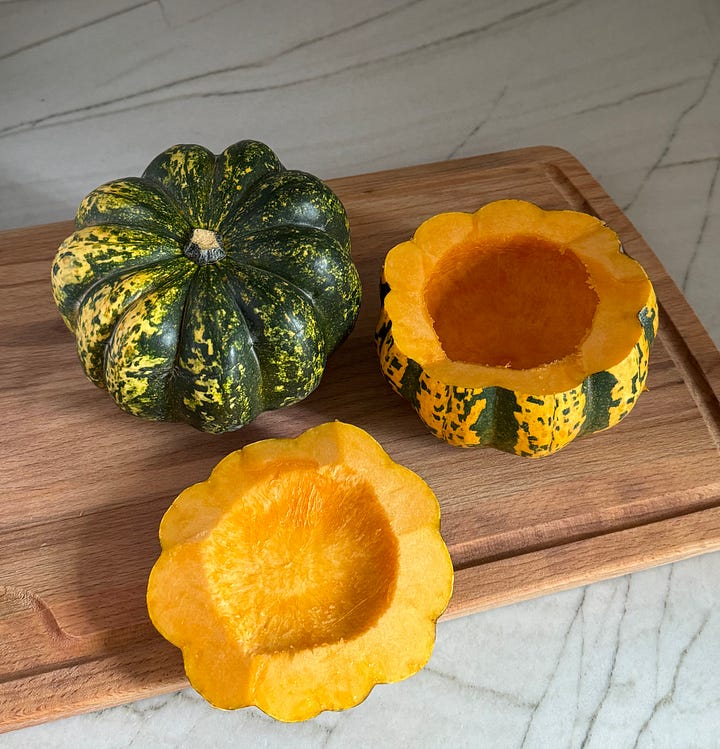

3. Add savoury depth to the alliums. To the pot with the alliums, add one and a half tablespoons of tomato paste (I like Mutti’s doppio concentrato in a tube), one tablespoon of white miso paste, and one tablespoon of Japanese soy sauce. Doing this lets you use a lot fewer alliums and time than if you were to caramelise onions properly, all while giving a lovely rich flavour to the soup. Stir well, leave to cook a few minutes until fragrant and sizzling, then deglaze with a 12 ounce / 355 millilitre can of doppelbock lager*. Add one very large, two medium, or three small bay leaves to the pot, season with salt and black pepper, then bring the heat up to cook off the alcohol, before reducing it back down to a gentle simmer. Let the alliums cook in the beer at least 10 minutes, and up to 20. Remove the bay leaves and woody thyme twigs, tasting and adjusting the balance of seasoning and ingredients if necessary, before serving.
*if using stout or porter, halve the beer’s amount (use 177mL), replace the other half (177mL) with the stock or broth of your choice, and add in 1 tsp (5mL) of sugar; if you don’t want to use beer, homemade beef broth or a French onion stock cube might come close to replicating the rich depth of the double bock lager; if making this substitution, feel free to add a splash of sherry, vermouth, wine, or port to deglaze the onions before pouring in your well-seasoned broth
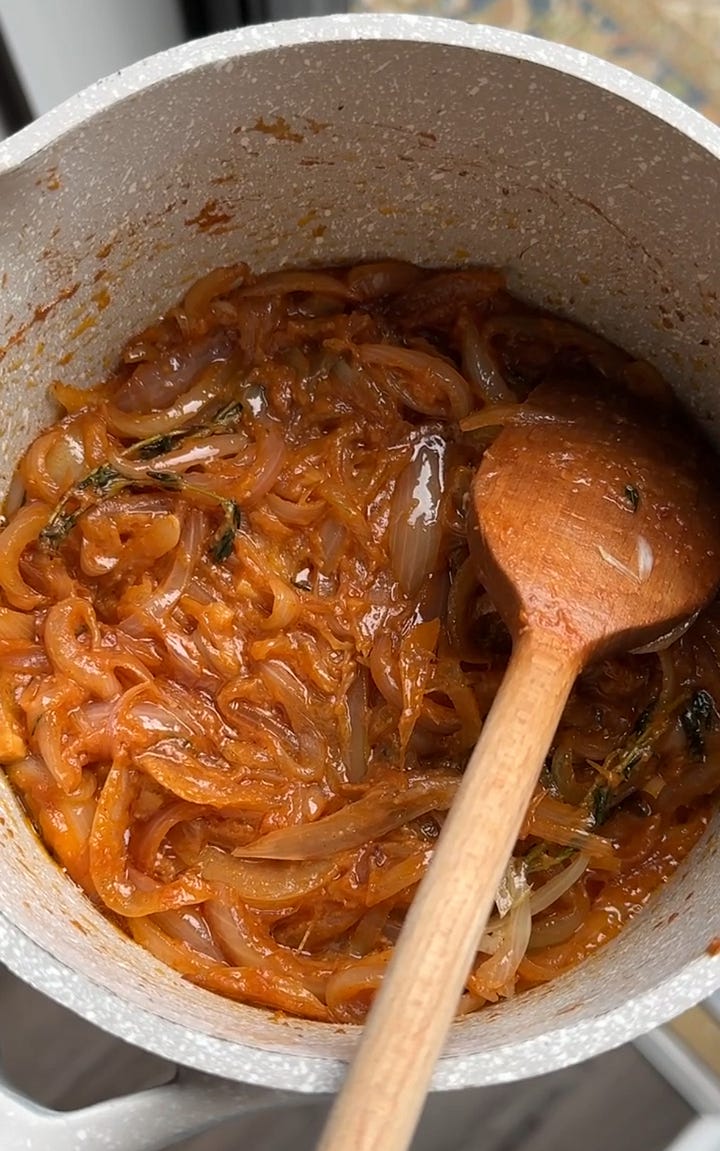

4. Assemble your bowls. Once the squashes are cooked, remove the baking sheet on which they rest from the oven. (If using upturned butternut squash bowl, turn them right side up.) Remove their lids, then equally ladle in as much soup as you can fit into each.
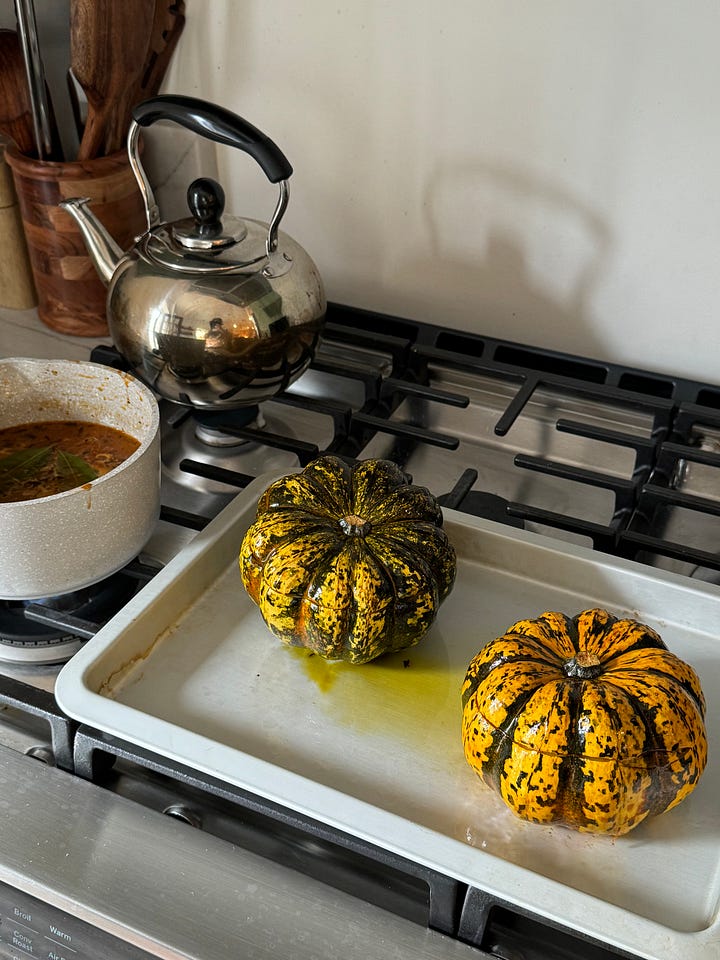
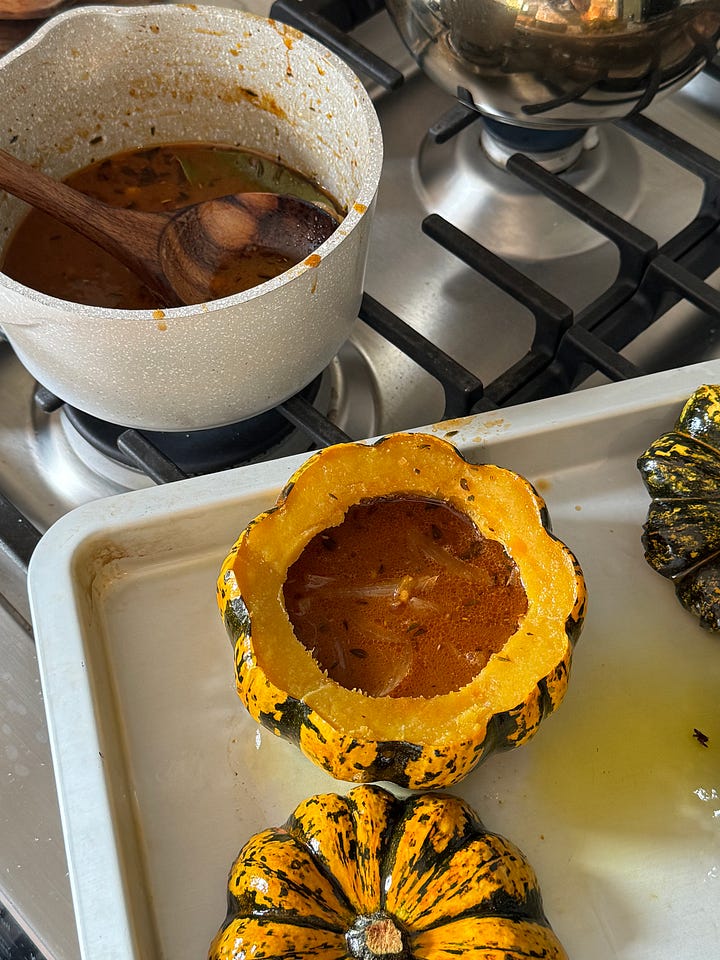
Optional. Grate some mozzarella, Gruyère, or an Emmenthaler using the large holes of a box grater — just enough to have a small fistful per bowl. Carefully return the baking sheet with the now-soup-filled squashes back to the middle of the oven, then set the oven to broil until the cheese has melted and browned in spots, around 4-6 minutes (never walk away from the oven while broiling!), before removing the baking sheet from the oven once more.
5. Enjoy! Carefully transfer each squash bowl to a deep plate or wide shallow bowl (I find that sliding a wide, flat spatula beneath each bowl then using another cooking utensil to support the bowl from the side works quite well — make sure to keep your dish or bowl very close to the baking tray to avoid having to travel too far with the squashes), then top with a few more leaves of fresh thyme. Pop the lids back on for a fun presentation, or don’t! It’s your soup. Serve with crispy fried onions — and/or freshly microplaned Parmesan, for an extra savoury finish — and enjoy.
A real midwinter treat, best enjoyed in good company at a nicely set table — especially by candlelight — with some good music on in the background (pro tip: for extra cosy and cheesy vibes, throw on a crackling fireplace video too).
last, but not least:
the public health corner 🔗
In case you didn’t know, public health is my jam (more on that here, here, and here) — it informs everything I do! And, as always, I like to leave you with a few parting links relating to the topic, as food for thought:
📺 ONE VIDEO
Foodspiracy | The Nature of Things (CBC)
🗒️ ONE ARTICLE
Experts Urge Immediate Action To Prevent A Global Food Crisis —Here’s How You Can Help (Forbes)
🎧 ONE PODCAST EPISODE
Food Bank Nation (The Food Programme)
📘 ONE BOOK
Unsavory Truth: How Food Companies Skew the Science of What We Eat, by Marion Nestle (Basic Books)
Plus, some good global health news from 2024 to help start your 2025 off right.
p.s. I usually have a hard time just picking one of each so, in case you're interested, there's plenty more where that came from!
That's all from me this month! Thank you for being here, and see you again next time 💛










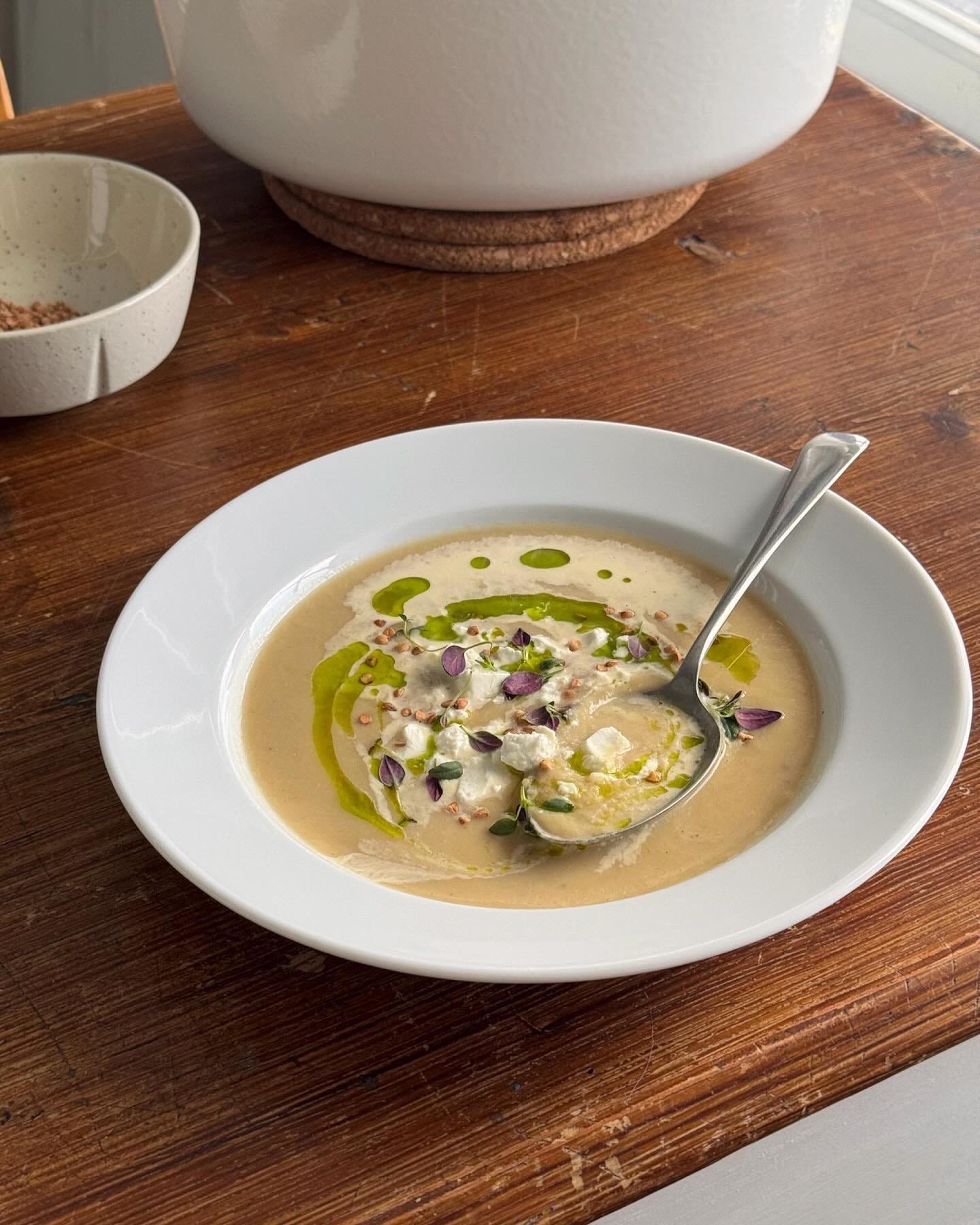
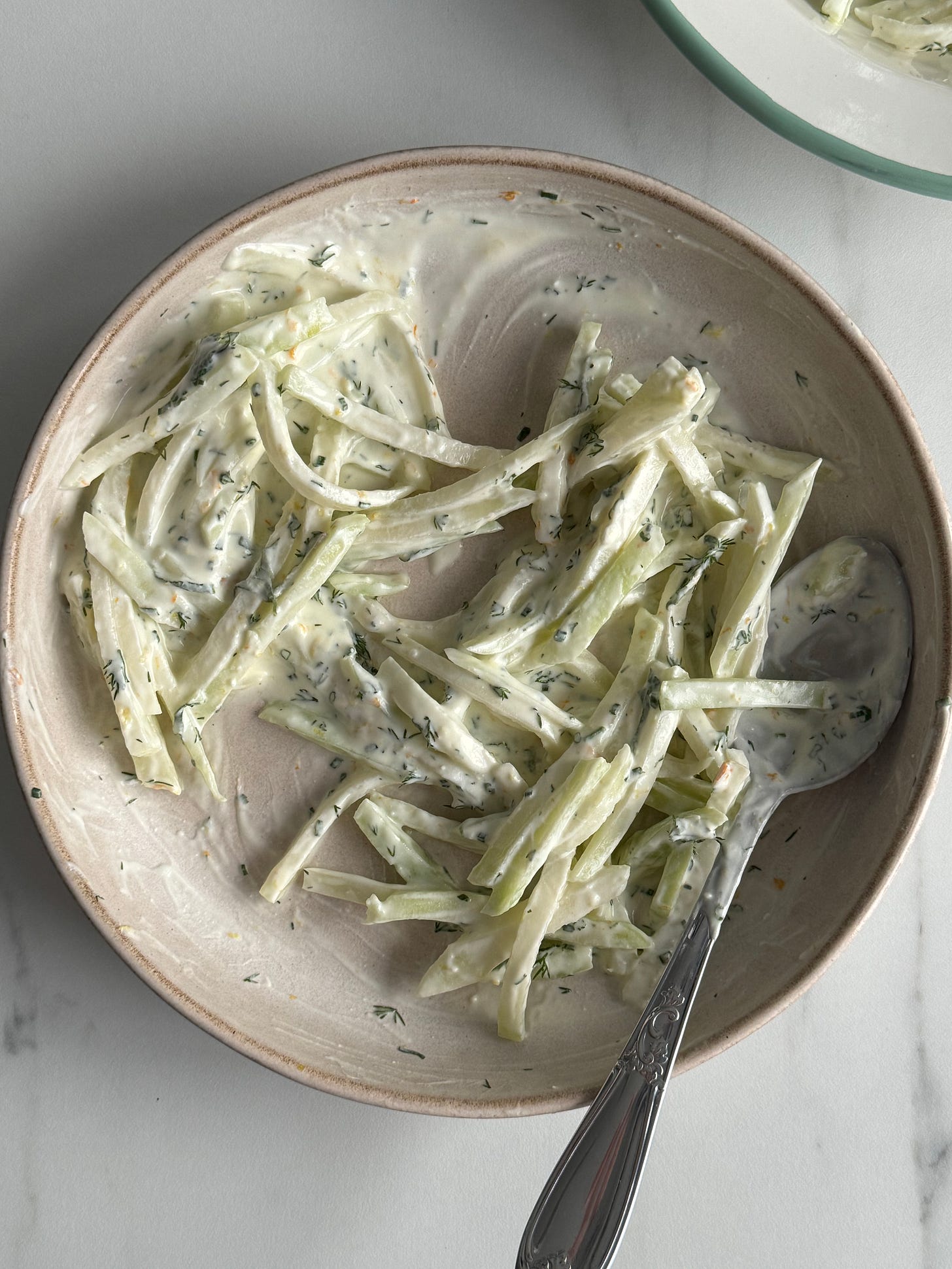
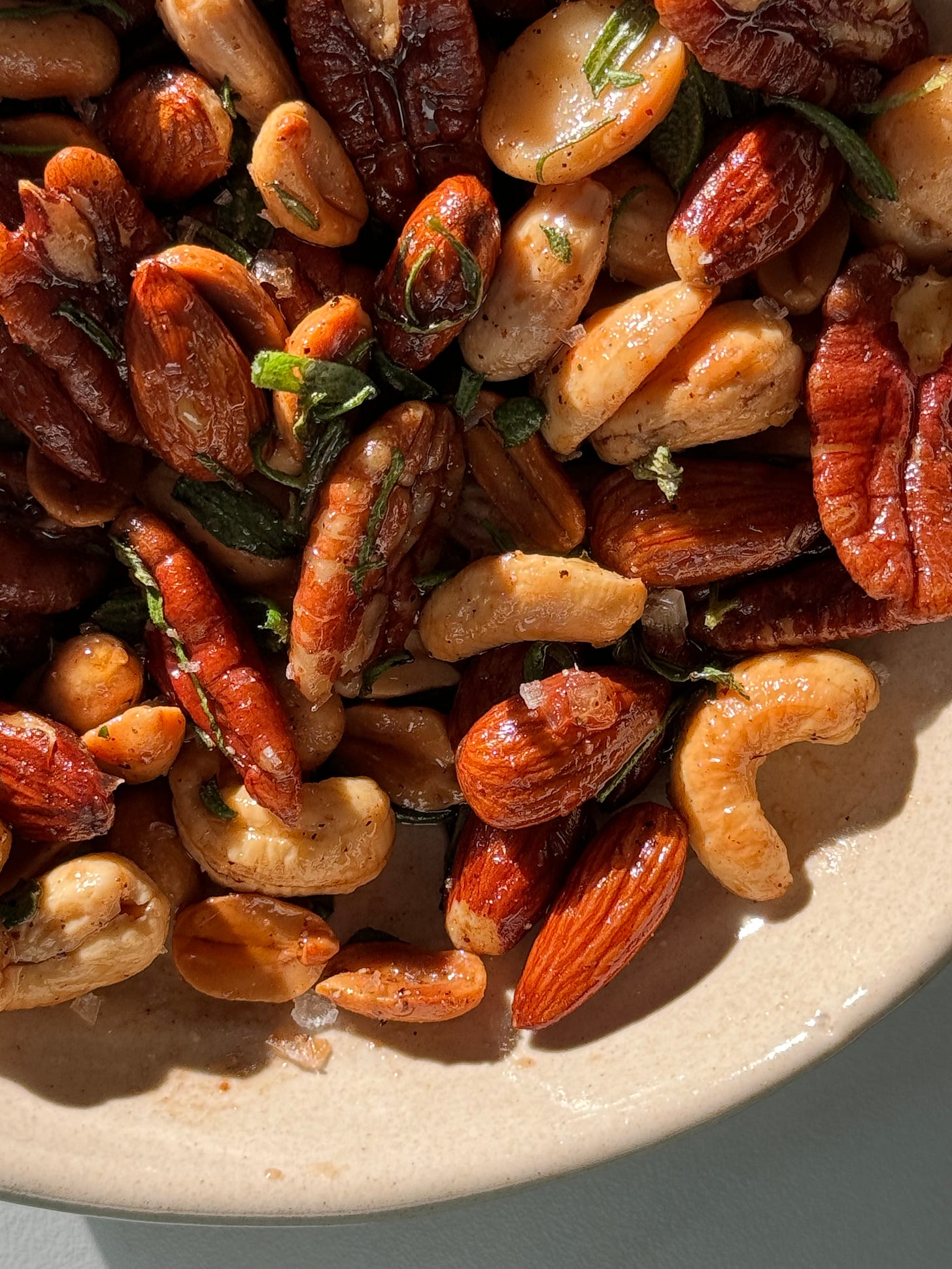
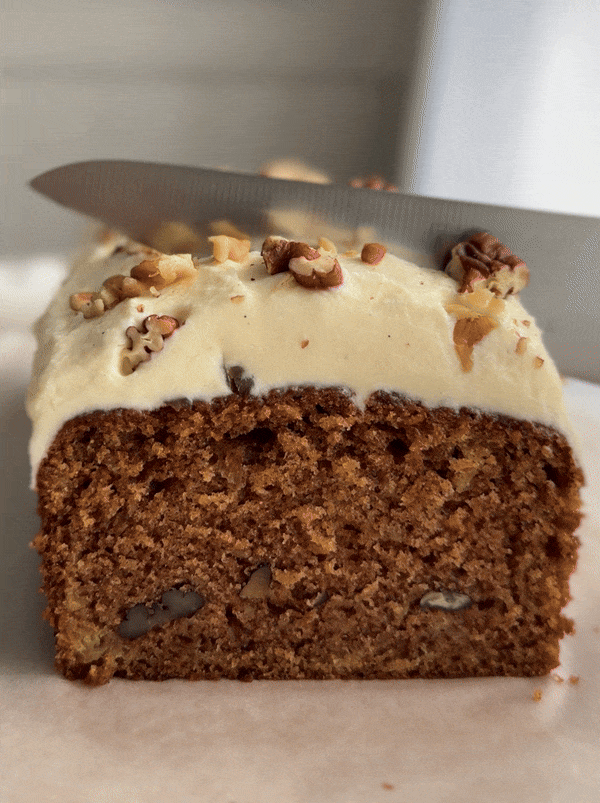
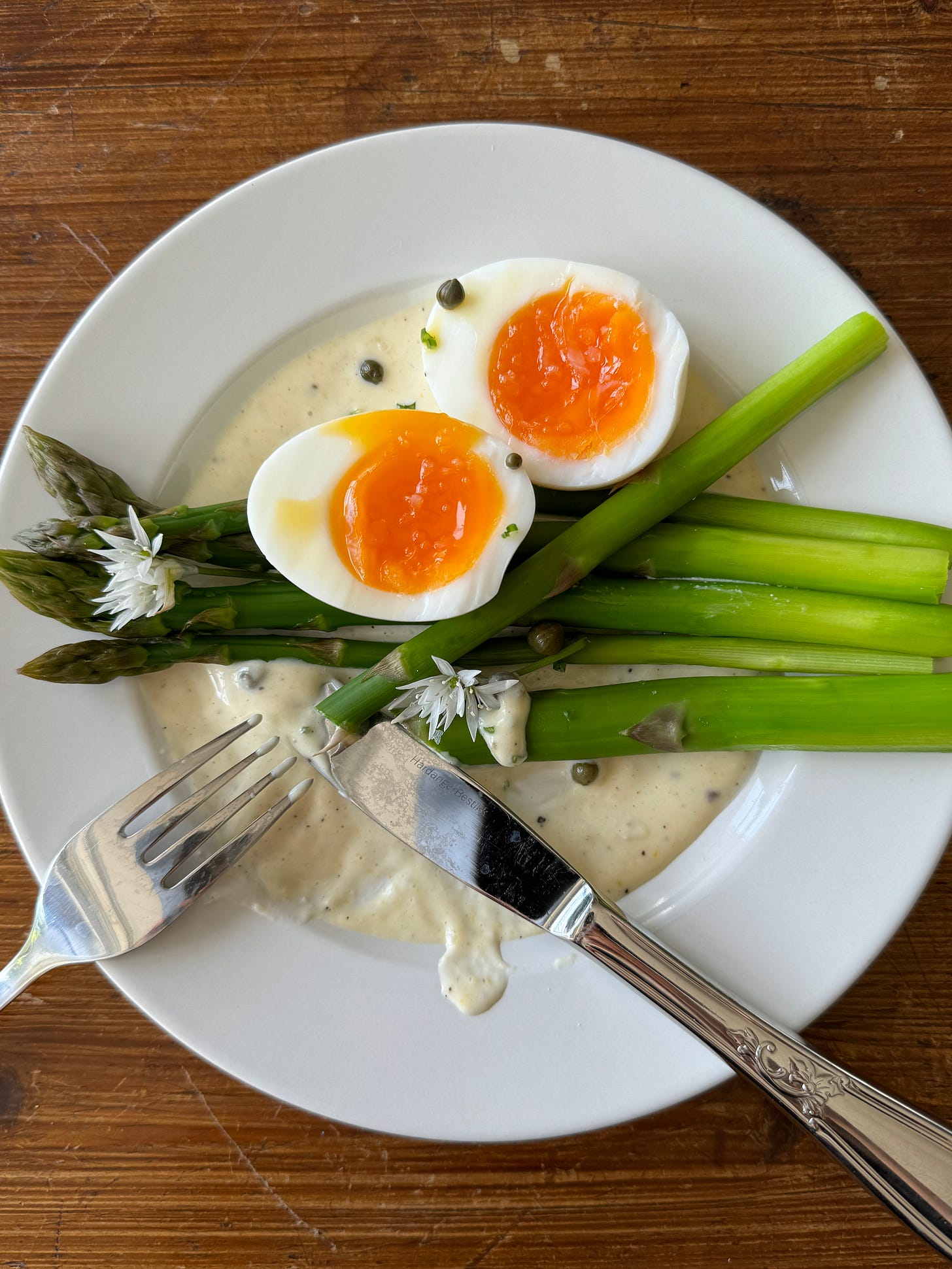

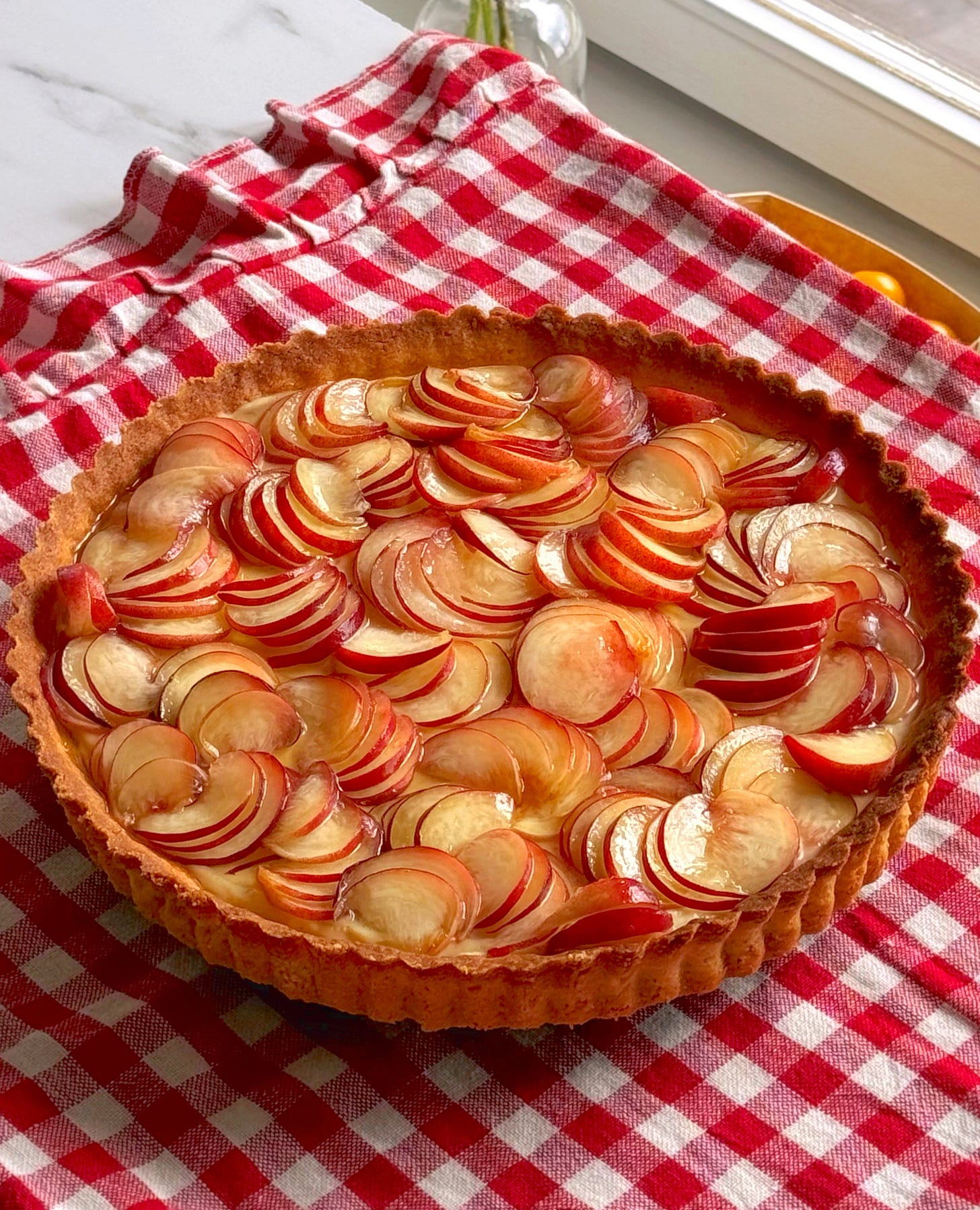

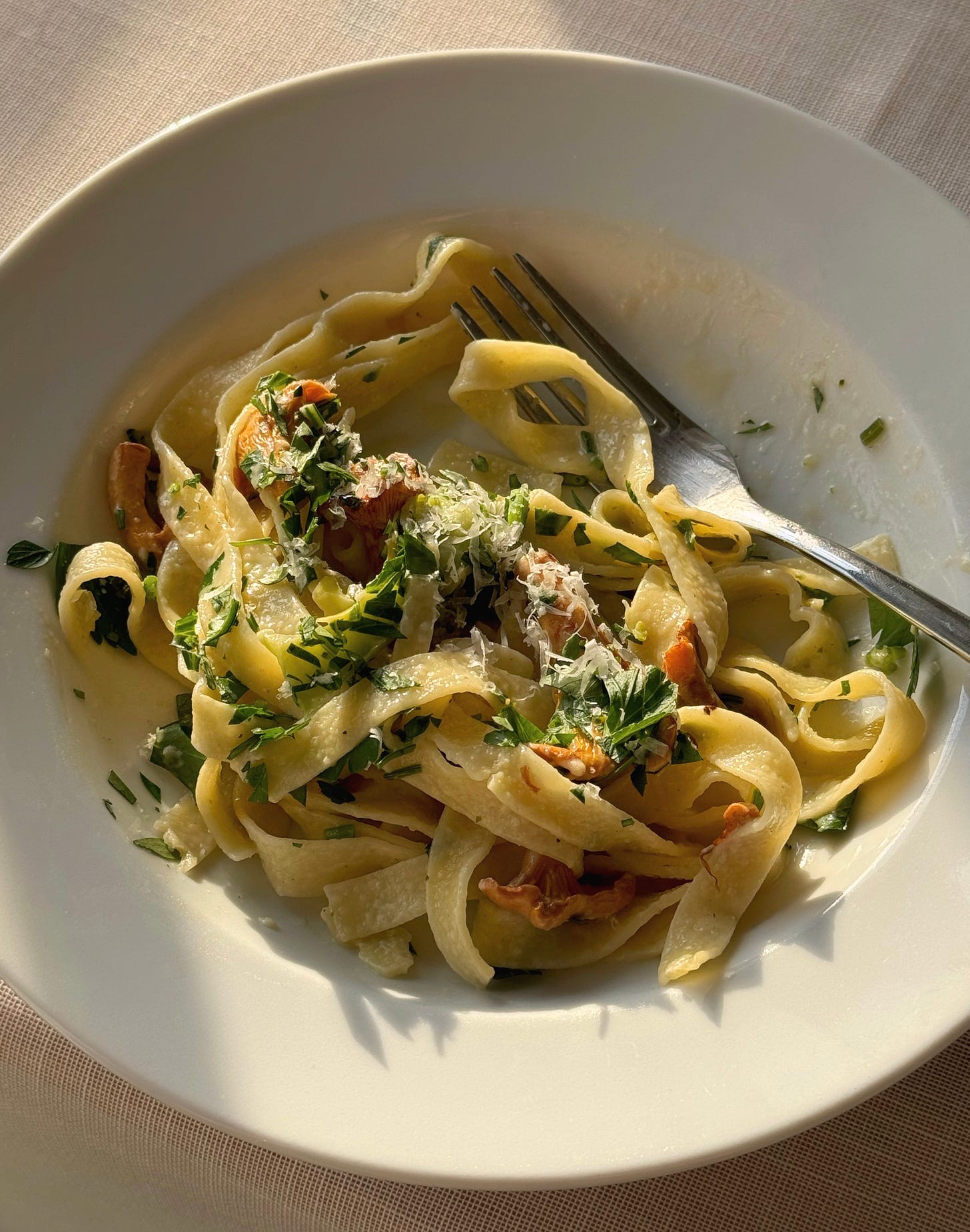
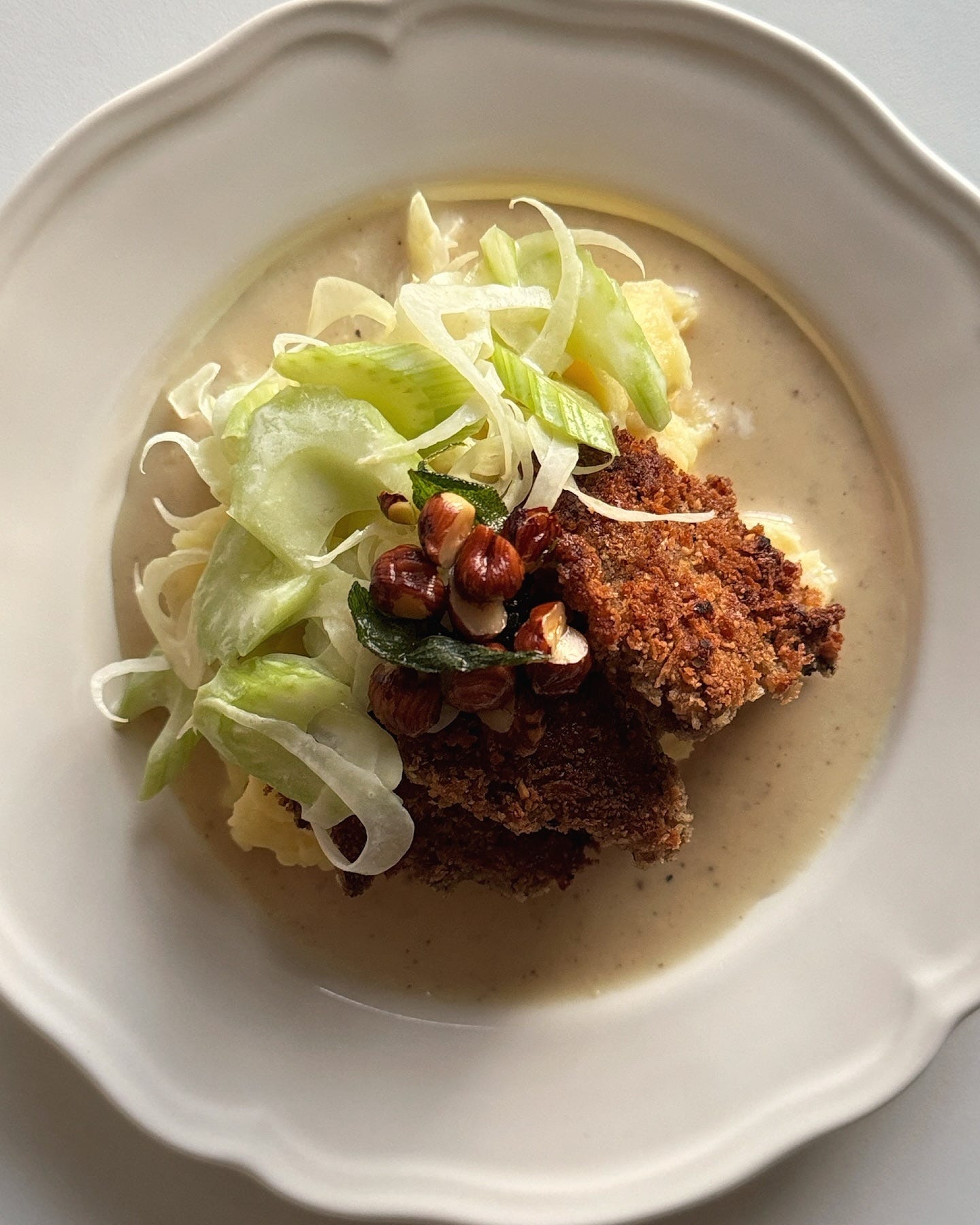
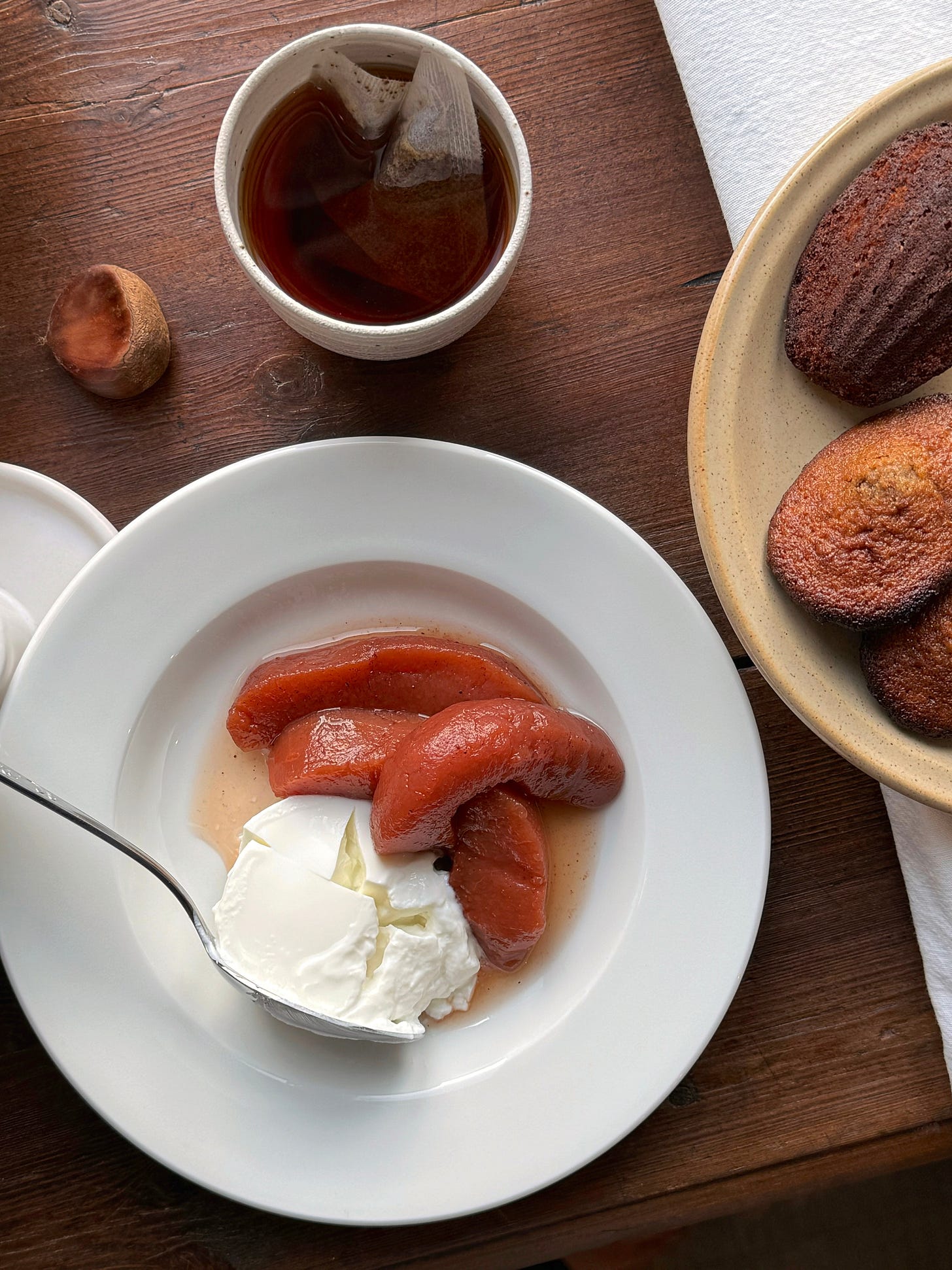

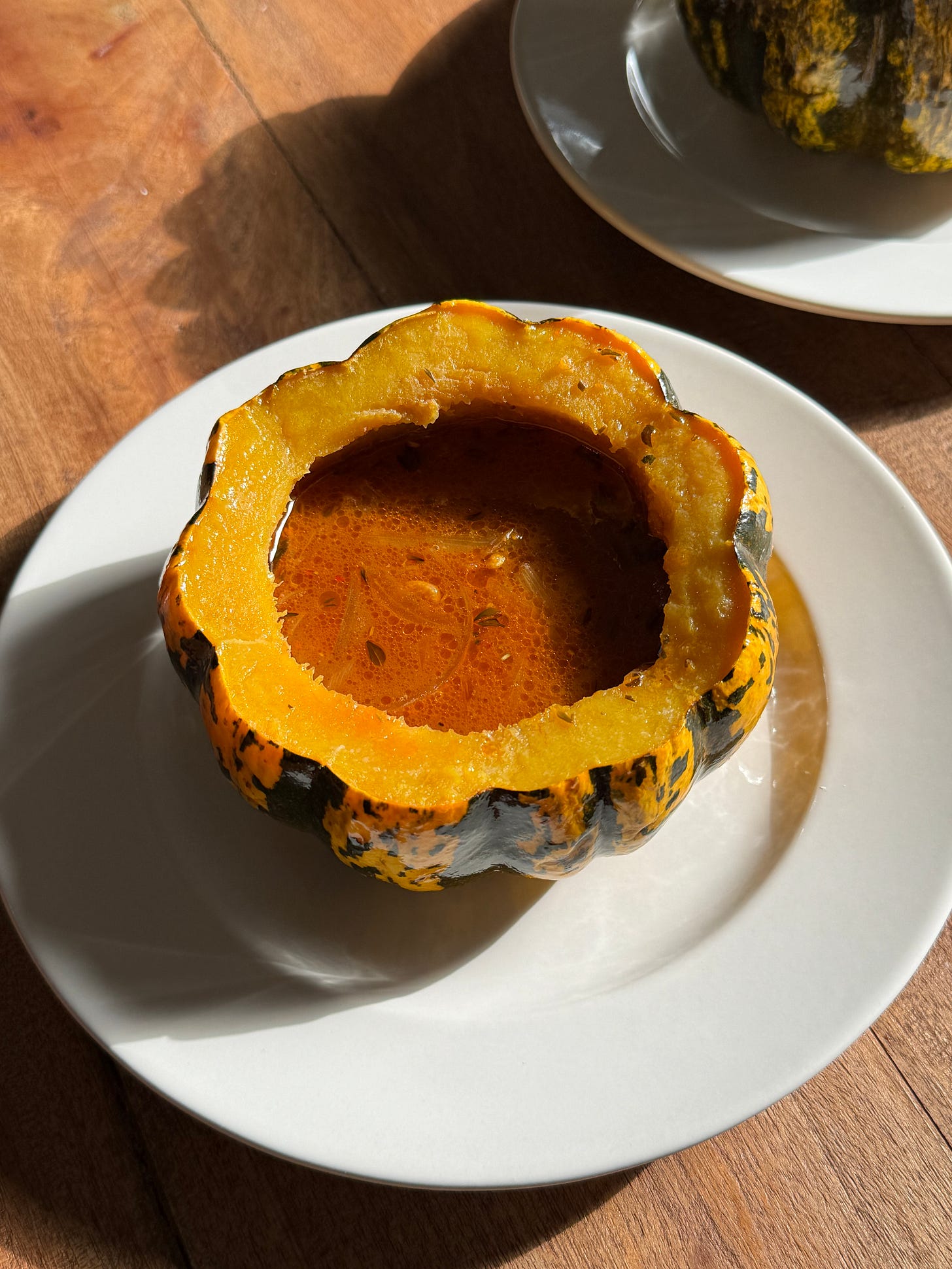
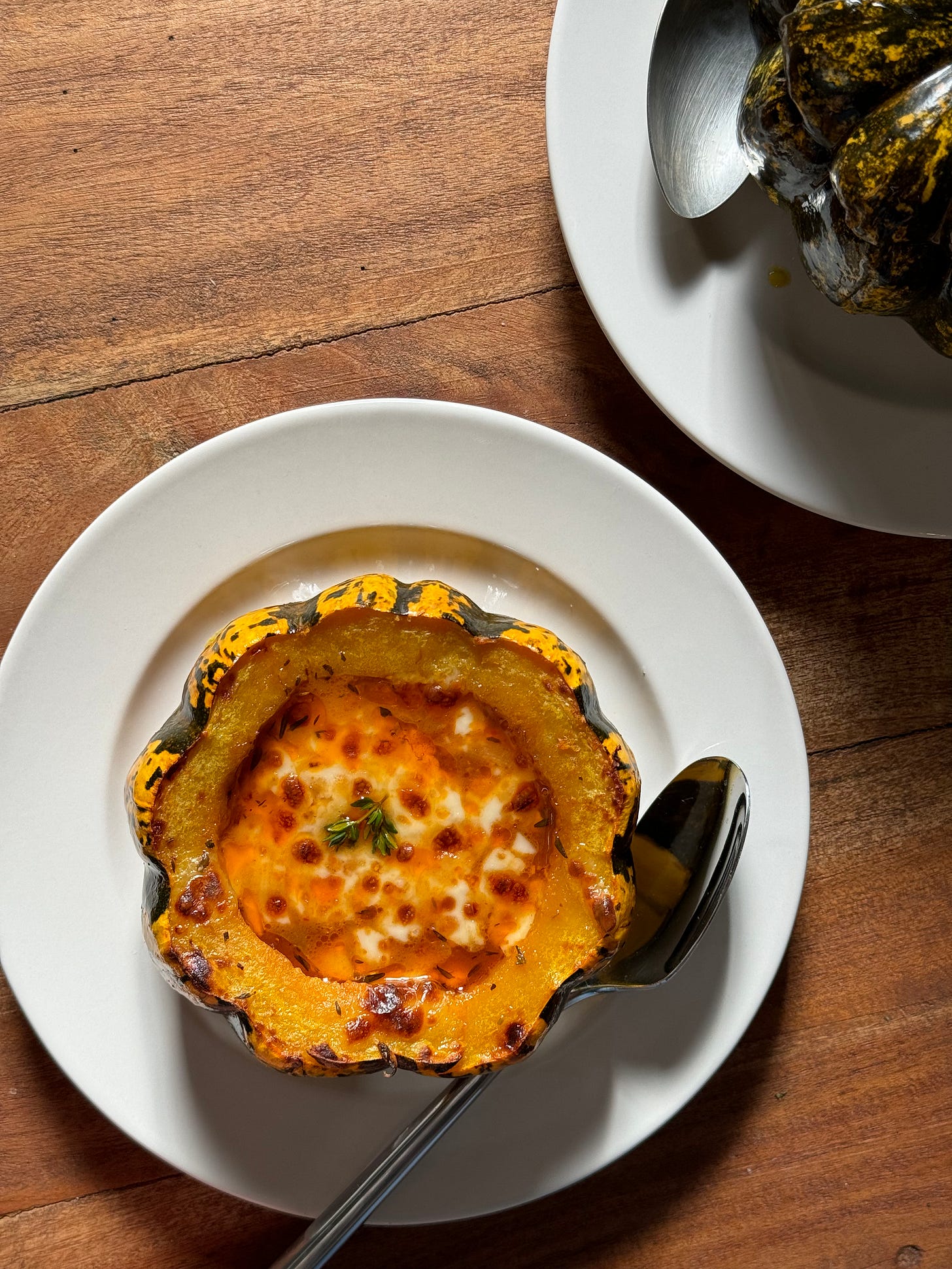

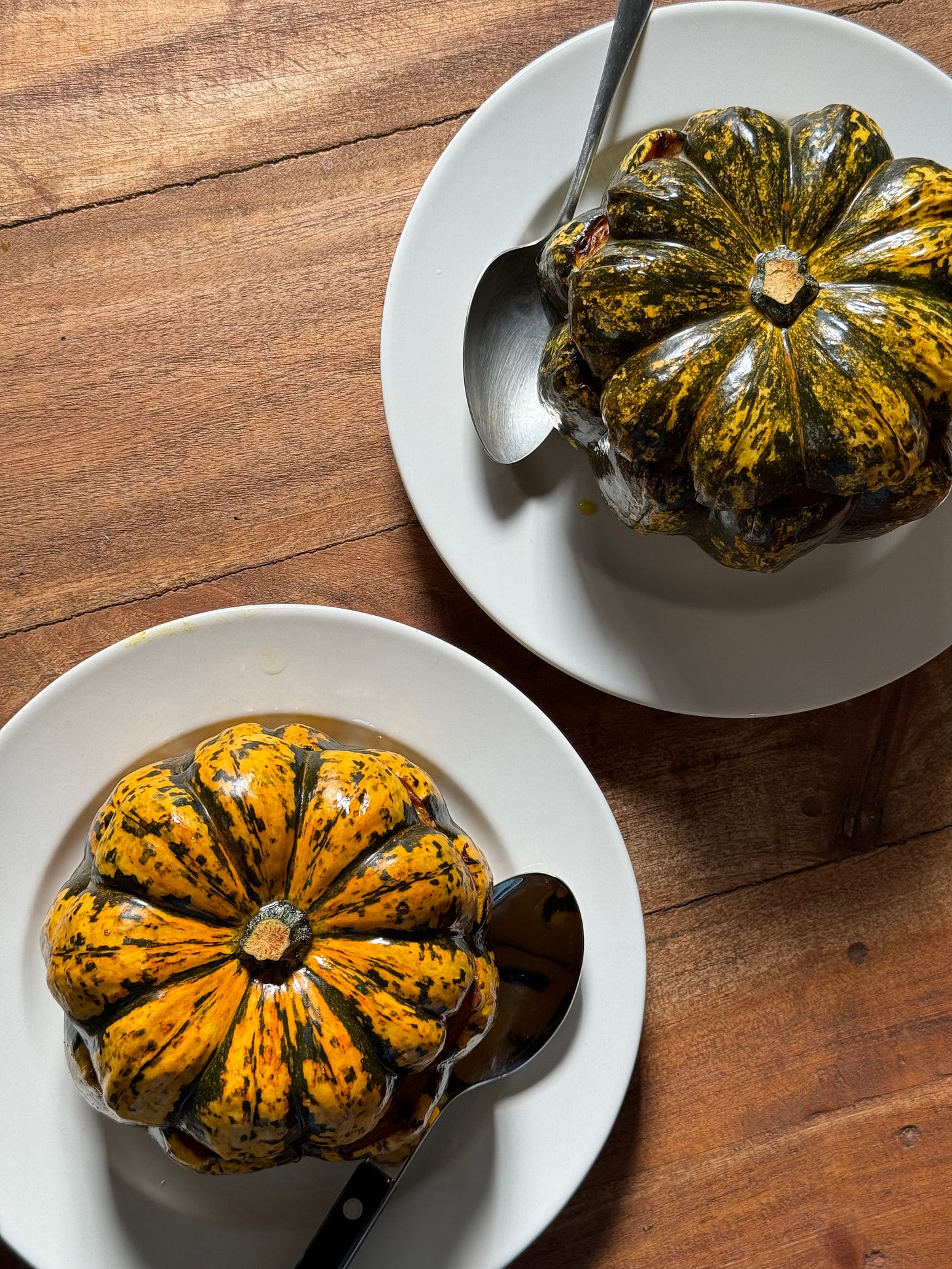

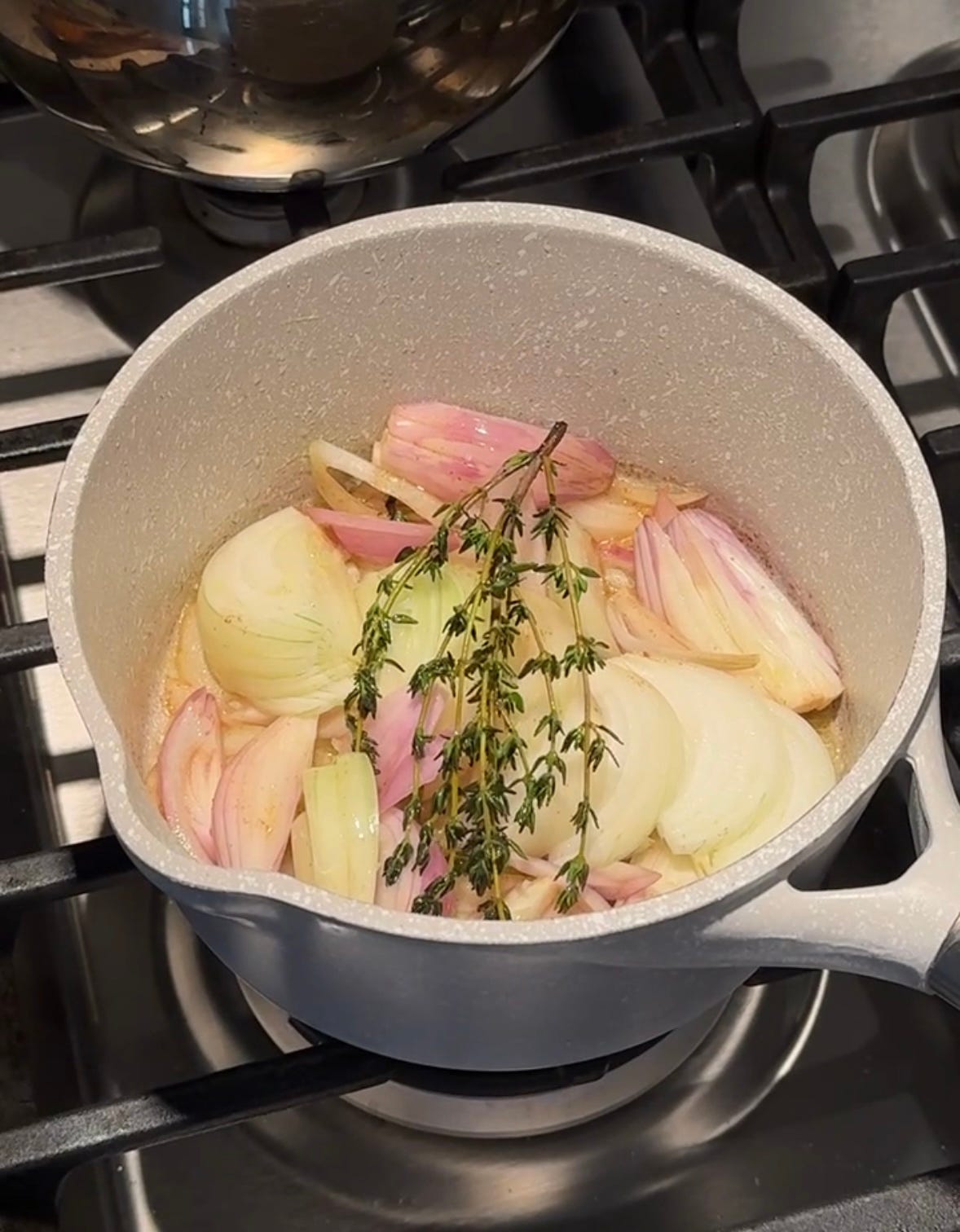
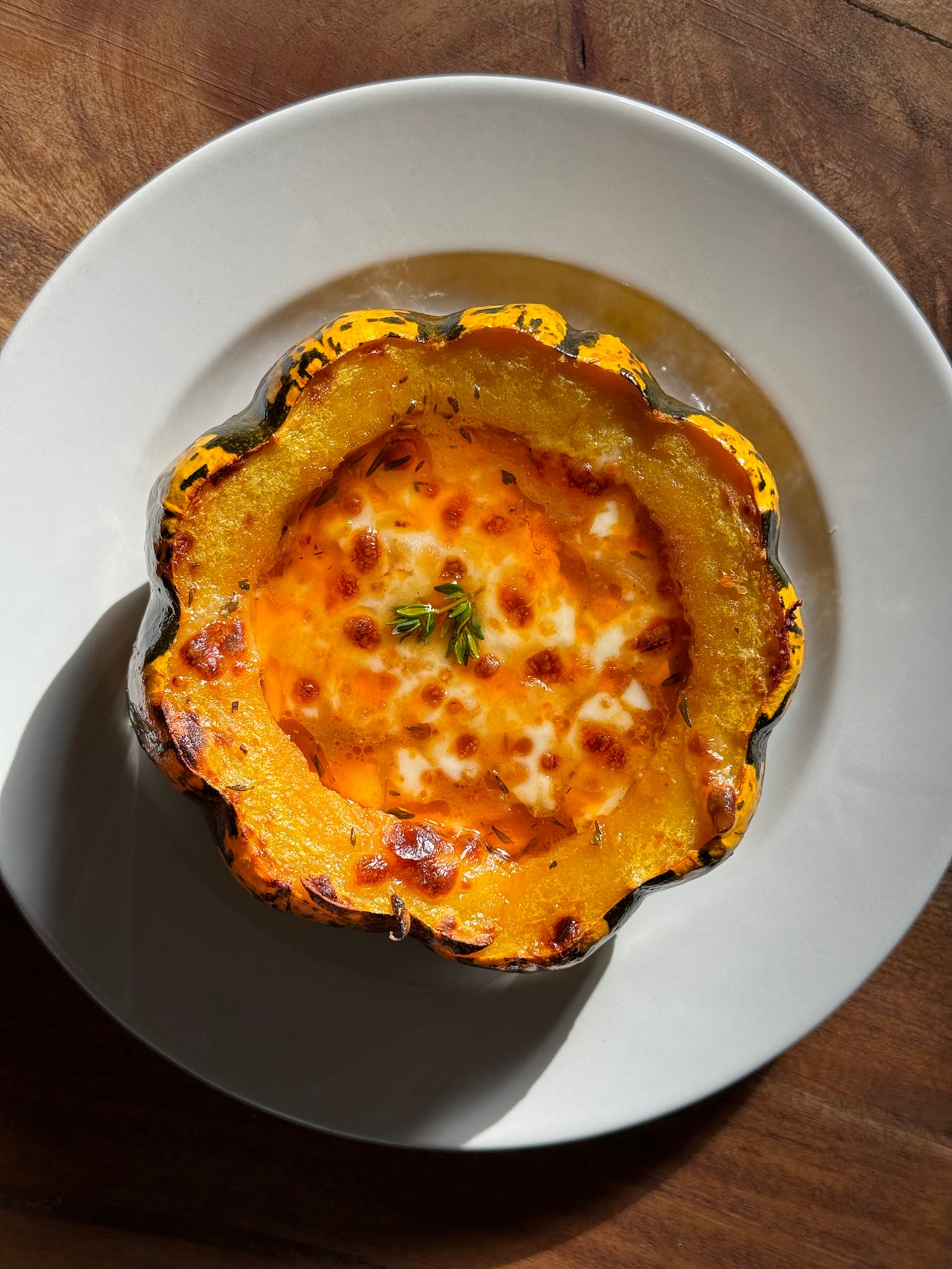




Happy New and Lunar Year, Simone, and congratulations on your wedding! Your newsletter is always a joy to read and savour. The in-depth analysis of resolutions is a call for actions.
I tried the to make the soup (and succeeded), pumpkin and all and I was so surprised how easy it was and how the beer brought such interesting flavor! I found only beer to be too strong for my household taste, so I did half beer, half veggie broth. Excellent. Will add it to my fun repertoire for when I host people. Thank you!